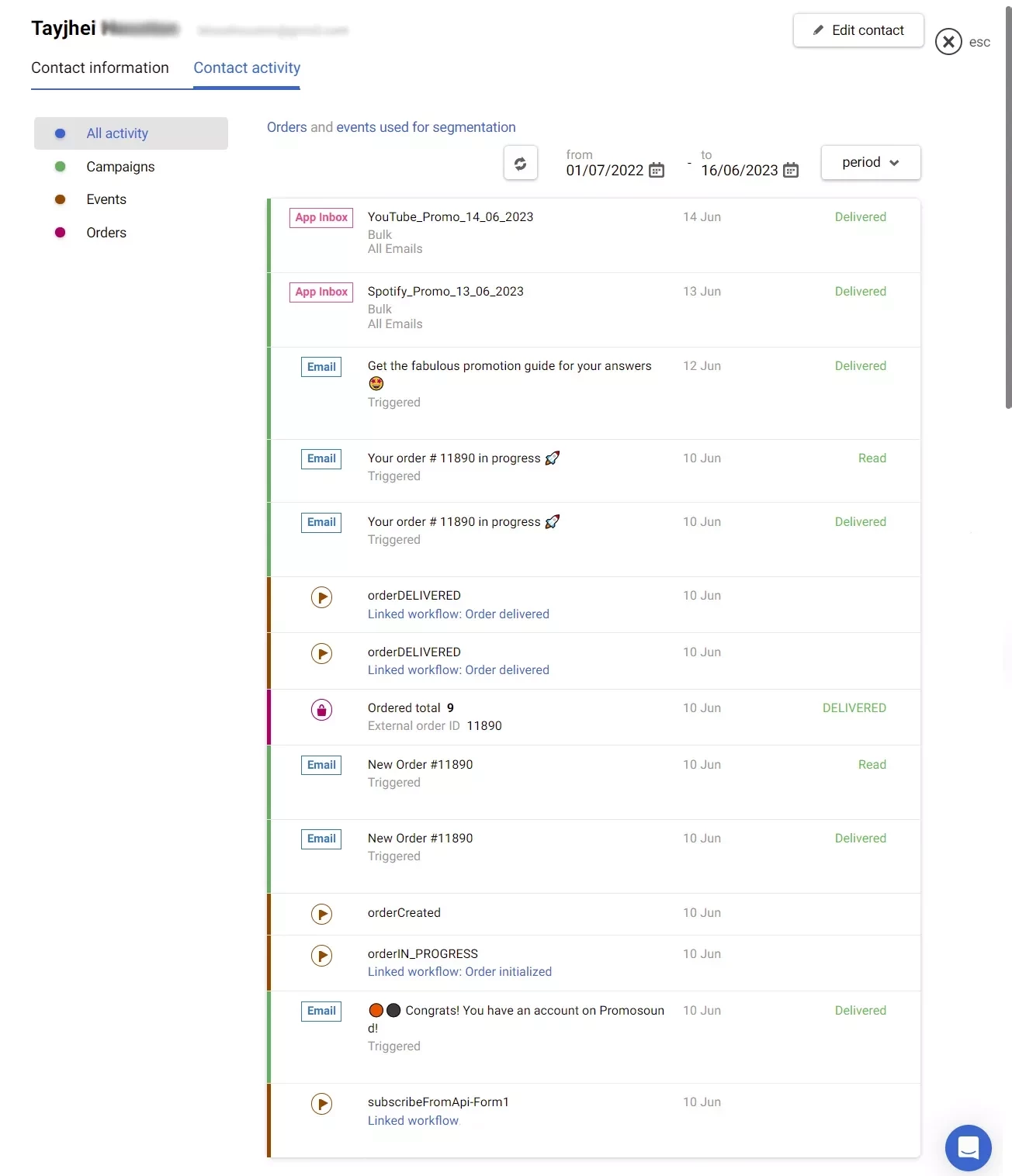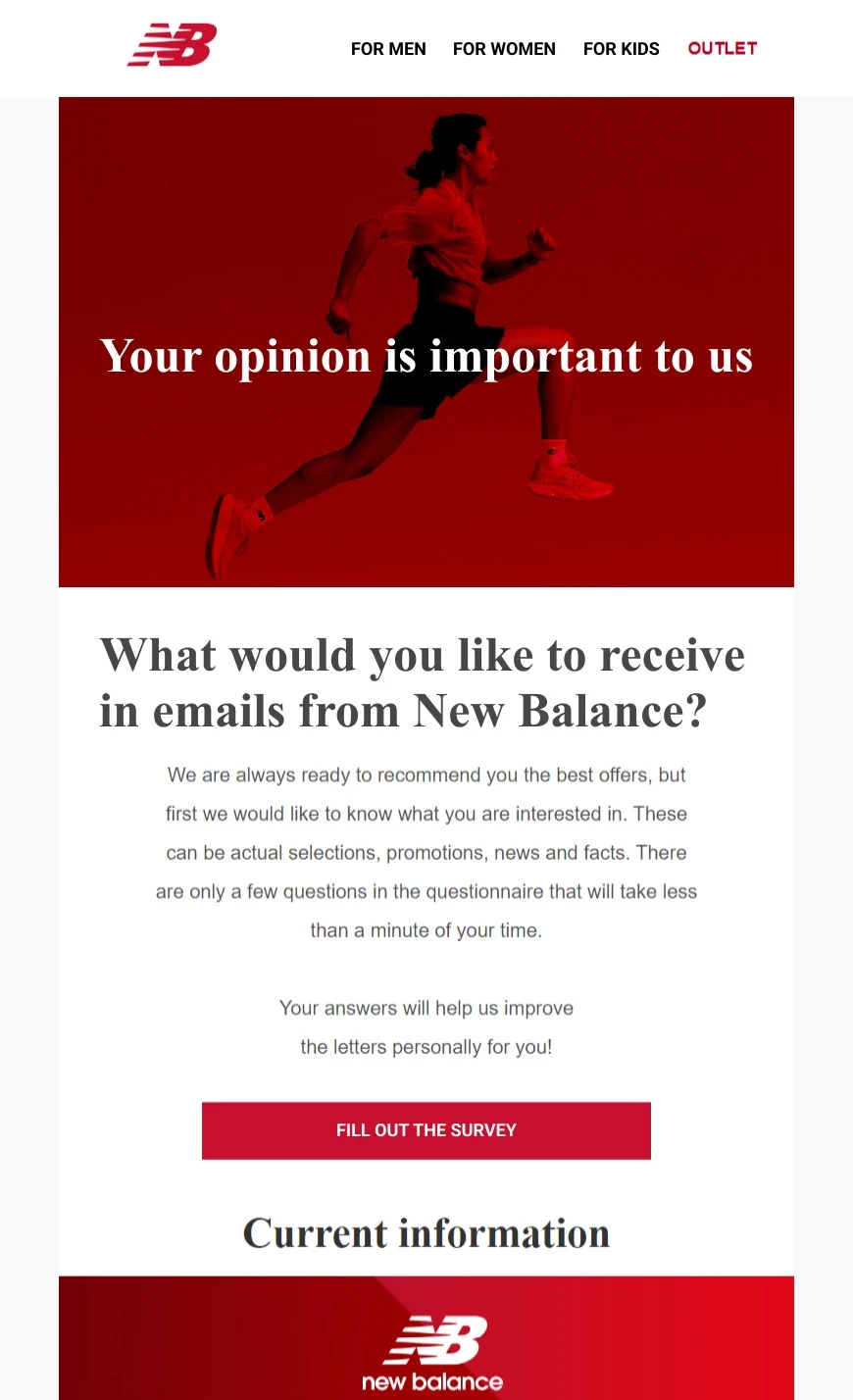Customer Profile
A customer profile –
is a detailed portrait of a customer created from the collected information. It contains not only basic information such as email, phone number, age, gender, and geolocation but also more complex elements. Information can be collected from both online and offline communication channels.
This tool allows marketers to better understand their customers and effectively tailor marketing campaigns, making them more personalized and targeted.


This article will explain what key elements a customer profile contains, how to use it, and its benefits.
Key elements of a customer profile
To create a unique customer profile, you need to collect information on customer characteristics, preferences, and needs. Here's the most important information:
- Demographic characteristics are the foundation of the profile, which provides a general overview of the customer. It is about the age, gender, place of residence, education level, occupation and income level of the user, etc.
- Behavioral characteristics describe how customers interact with your brand. Such information includes purchase history, website visits, reactions to marketing campaigns, interactions on social media and in other communication channels. Behavioral characteristics help to understand the user's habits and preferences.
- Psychographic characteristics include customers' values, interests, preferences, lifestyle, and motivation. Such information helps to foresee the reason why people will prioritize certain products or services.
Where to collect information for a customer profile
1. Surveys and questionnaires. Ask customers about their interests and desires. This can be done by email, in an application, or on a website using widgets.

2. Tracking behavior on the website, in app, direct channels, offline. To collect information about a customer, the following can be used:
- POS terminal for transaction information;
- integration with website builders via API;
- SDK to exchange information between the application and the CDP;
- CRM, DMP, DWH to collect, store and work with information;
- analytical tools like Google Analytics;
- databases – BigQuery, PostgreSQL, Google Sheets, Firebase.
Yespo CDP collects customer information from the website, app, and campaigns in different ways and formats:
- CSV;
- JSON;
- SQL;
- API Calls;
- HTTP requests.
The platform processes all the information received, brings it into a single format and combines the information with the profile of a particular person.
After the first interaction with a website or app, Yespo CDP assigns an external ID to the customer so that information about the same person is not duplicated in the system. Even if a customer uses different devices, the customer data platform consolidates all their information in a contact card.
This creates a single customer profile that receives 24/7 up-to-date information from different communication channels about all actions, preferences, and individual characteristics of the user. This is an important benefit of running a customer data platform: all channels have access to the customer profile, providing businesses with improved personalized communication with their users across the board.
How to use a customer profile
Businesses can use customer profiles to optimize marketing strategy. Let's take a closer look at exactly how.
1. Personalization of email campaigns
Using detailed customer information allows you to create personalized messages that resonate with each user's interests and needs. For example, if a customer's purchase history shows that they are interested in sports equipment, you can send them emails with new products or special offers in this category.
2. Audience segmentation
Using customer profiles, you can effectively divide your audience into narrower groups with common characteristics. This will allow for effective, targeted communication. Users can be segmented by behavior, for example, based on purchase frequency, average check, or reactions to previous campaigns.
3. Creating personalized recommendations
The information obtained about the customer helps generate product recommendations that match the needs and interests of the users, thereby increasing the chances of conversion.
4. Reaction analysis and testing
Watch how customers respond to your messages. Analyzing opens, clicks, click-throughs, and other metrics will help improve future campaigns. Use A/B testing to understand which strategies work best.
Be aware!
When handling information, it is important to comply with GDPR, CCPA, LGPD requirements to ensure that customer information is securely stored and collected.
What are the benefits of a customer profile
A company using a customer profile gains the following capabilities:
- Improving personalized communication with customers. Companies can use a user's name, geolocation, interests, activity history, etc. to personalize campaigns.
- Increasing the effectiveness of marketing campaigns. A customer profile allows you to segment your audience by behavior, interests, etc. In addition, businesses can test marketing campaigns and optimize them for different target user groups.
- Increasing customer loyalty. Personalized recommendations and offers that match a customer's interests and purchase history can significantly increase their satisfaction when interacting with a brand.
- Increasing ROI. By knowing your customers' interests and behavior, you can customize the most relevant campaigns for them. This allows you to allocate your marketing budget efficiently and direct resources to where they will get the greatest return.
Start exploring your customer profile with Yespo CDP to experience the benefits now!
I want to use the customer profile
Join Our Blog Newsletter!
Stay updated with our latest email marketing tips, product news and case studies.